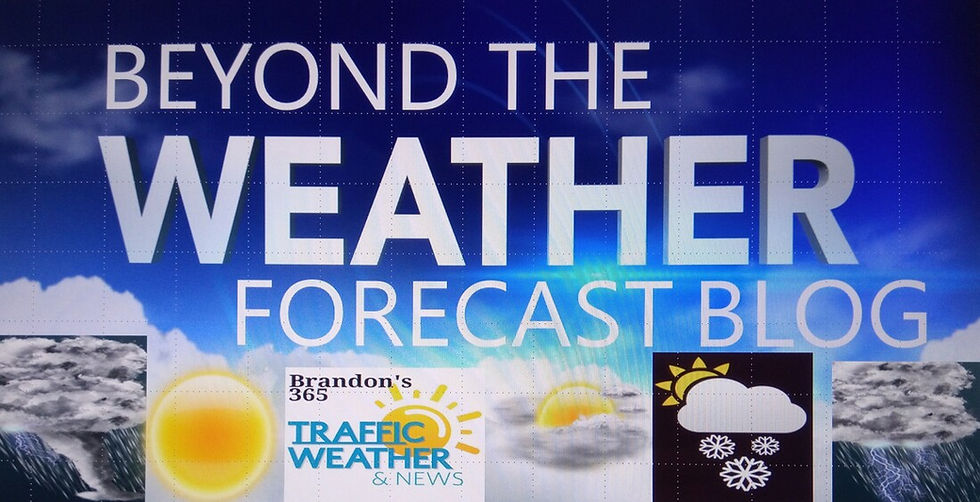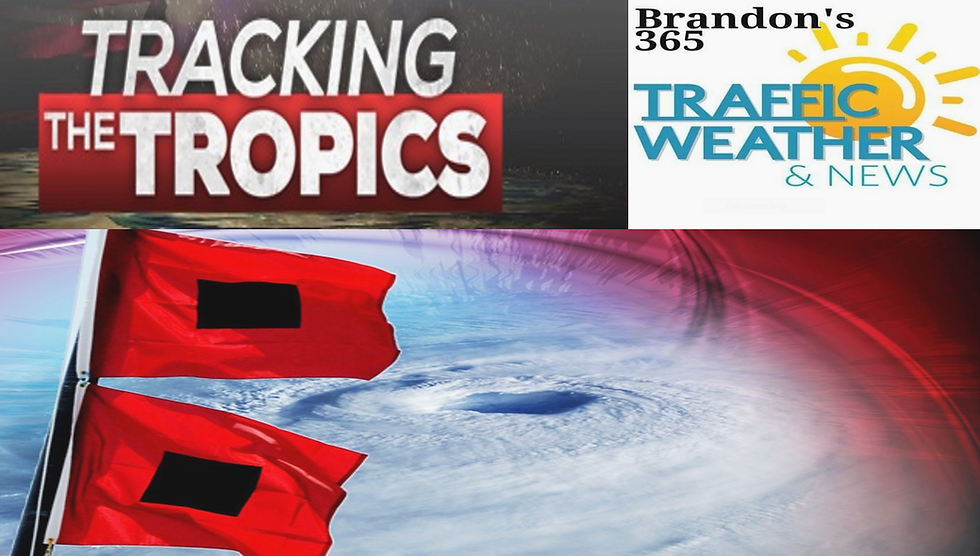Beyond The Forecast: How do tropical storms and hurricanes get their names?
- Brandon Shipp

- Aug 7, 2020
- 1 min read
Updated: May 23, 2021
Until the early 1950s, tropical storms and hurricanes were tracked by year and the order in which they occurred during that year. Over time, it was learned that the use of short, easily remembered names in written as well as spoken communications is quicker and reduces confusion when two or more tropical storms occur at the same time. In 1953, the United States began using female names for storms and, by 1978, both male and female names were used to identify Northern Pacific storms. This was then adopted in 1979 for storms in the Atlantic basin. NOAA’s National Hurricane Center does not control the naming of tropical storms. Instead, there is a procedure established by the World Meteorological Organization . For Atlantic hurricanes, there is a list of male and female names which are used on a six-year rotation. The only time that there is a change is if a storm is so deadly or costly that the future use of its name on a different storm would be inappropriate. In the event that more than twenty-one named tropical cyclones occur in a season, any additional storms will take names from a supplemental list of names. The Greek alphabet is no longer used to name storms due to the confusion it caused during the very active 2020 Hurricane Season.







Comments